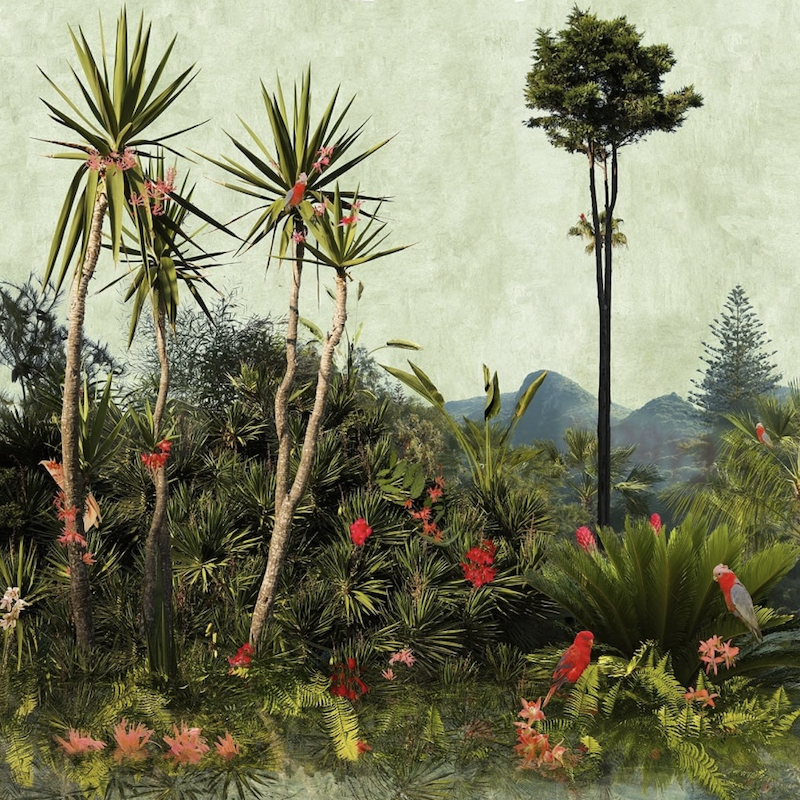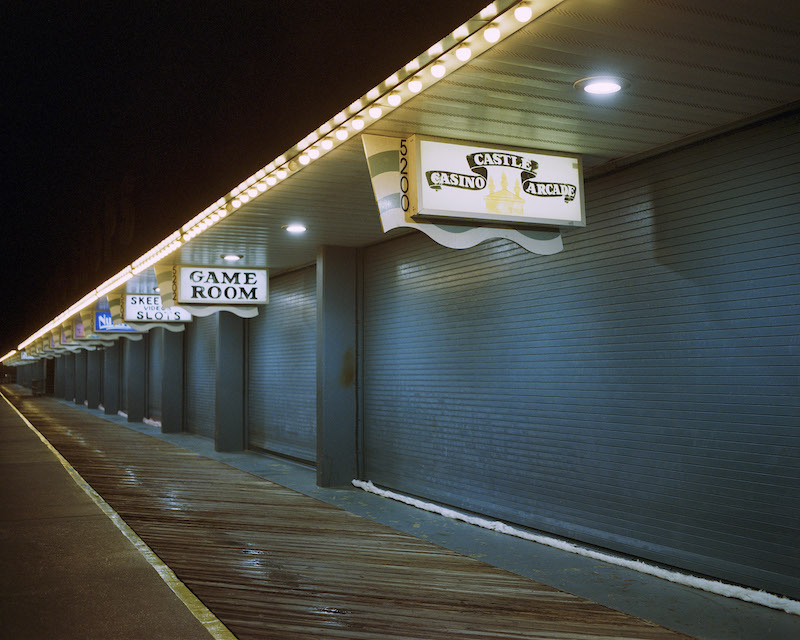About art
An Introduction to Photography
The perfect meeting of art and science; read on for our introduction to this popular artistic practice, plus an explanation of some key photographic terms and phrases.

Photography allows an artist to capture the world around them in the mere click of a button. There are so many styles within this medium, but fine art photography offers more than just documentary; it is, as the name suggests, a fine art. In this blog, we’ll look at not only what this means, but also consider some of the key terms that accompany the fine art photography you’ll find at an Affordable Art Fair.
So, what is fine art photography?
A fine art photographer will have the ultimate technical skillset to create a perfectly framed, lit and developed image. They also apply a creative and critical eye in order to elevate their imagery beyond what is presented to them and communicate a message.
To help explain what fine art photography is, perhaps it’s easiest to compare other photographic categories. For instance, take journalistic photography, which is factual in its nature; its purpose being to capture imagery in order to report on the latest news and world events. Alternatively, consider commercial photography, which is the creation of photographic imagery to meet a commercial brief. These images tend to have a specific purpose which is linked to financial gain e.g. for use in a company brochure, advertising campaign or featuring product placements.
Fine art photography, by comparison, aims to creatively communicate an emotion or message, and there is a myriad of ways in which the artist can choose to accomplish this. A photographer’s subject choice, focus, colour treatment or production technique are just some of the creative choices open to them. A look at the work of Barry Cawston and Thierry Genay demonstrates this perfectly. Cawston utilises a hyper-realistic style and saturated colours, whilst Genay opts for a traditionalist, still-life motif.


Key photographic terms
Now that we know what fine art photography is, here are some of the key terms and phrases that are used to explain the techniques or creative decisions a photographer has made:
EDITIONS
An edition is a predetermined number of prints at a specific size from a single image, printed at exhibition quality. Each editioned print should be individually numbered (e.g. 5/10), signed and dated, either on the print itself or on an accompanying certificate. Often an ‘Artists Proof’ will exist separate to the edition and is usually the first or last to be printed. Editioning is more common among contemporary photographers and gives the collector an assurance of authenticity. So, while you are browsing photographs to adorn a wall at home, you can be confident that you’re purchasing a limited edition of a photograph, rather than a mass-produced product.

C-TYPE
Otherwise known as a Chromogenic Colour or Colour Coupler print, C-Type is the generic name for a modern colour print. Colour sensitive layers of emulsion on the paper respond to the colour information in the negative when the light is shone through it. After the initial development, chemical compounds called dye couplers are added to form a layer of hues that produce the full colour image.
DIGITAL C-TYPE
The Lambda, or Lightjet, is a C-type printed from a digital image file (captured digitally or scanned from a print or film). The image is projected onto light sensitive paper using sophisticated laser technology.
PLATINUM PRINT
A form of black and white printing that uses platinum instead of silver salts. Platinum is reduced from light sensitive iron salts to form an image as platinum particles become embedded in the paper. Known for their wide range of subtle tonal variations and fine grain, platinum prints have a significantly longer life expectancy than silver prints. Pallidium is often used as an alternative to platinum, giving similar results. James Sparshatt’s stunning photograph ‘Las memorias’ is an example of a platinum print.


POLAROID
Polaroid is film that develops moments after exposure giving an instant positive or negative print that is completely unique. Polaroid has many creative possibilities such as experimenting with emulsion lifts and image transfers. Emulsions lifts involve soaking the Polaroid in hot water and separating the emulsion from the photographic paper. The emulsion can be then shaped or stretched onto a new piece of paper and worked into using paint and other media. Image transfer is where the Polaroid is prematurely peeled and then placed against a new receptor paper to develop normally.
R-TYPE
A colour print made by the reversal process from a positive film (transparency or slide), you can also print from a positive film using Ilfochrome, which incorporated a dye-bleach process, resulting in purer and more permanent colour.
MODERN PRINT
A print produced a significant amount of time after the photograph was taken. For example, a 1950s print reprinted in 2000.

VINTAGE PRINT
A print produced within 5 years of the making of the negative. Valuable to collectors as it is thought to demonstrate the photographer’s initial intention, the print will perhaps reflect process based trends from the time when the photograph was taken. A vintage print may not be the best quality of print available of the desired image, but it is sought after due to its telling properties.
We hope we’ve been able to clear up some of the more intricate details of fine art photography to get you ready for your next Affordable Art Fair. Photography is such a great medium to get started with, or add to, an art collection. Contemporary, stylistic and full of deeper meaning, keep your eyes peeled for extraordinary photography when browsing for a new piece!
Main image: Matt Mele, ‘Jolly Roger’, 2023, film photograph on archival silk paper, 20 x 16in, treat gallery
